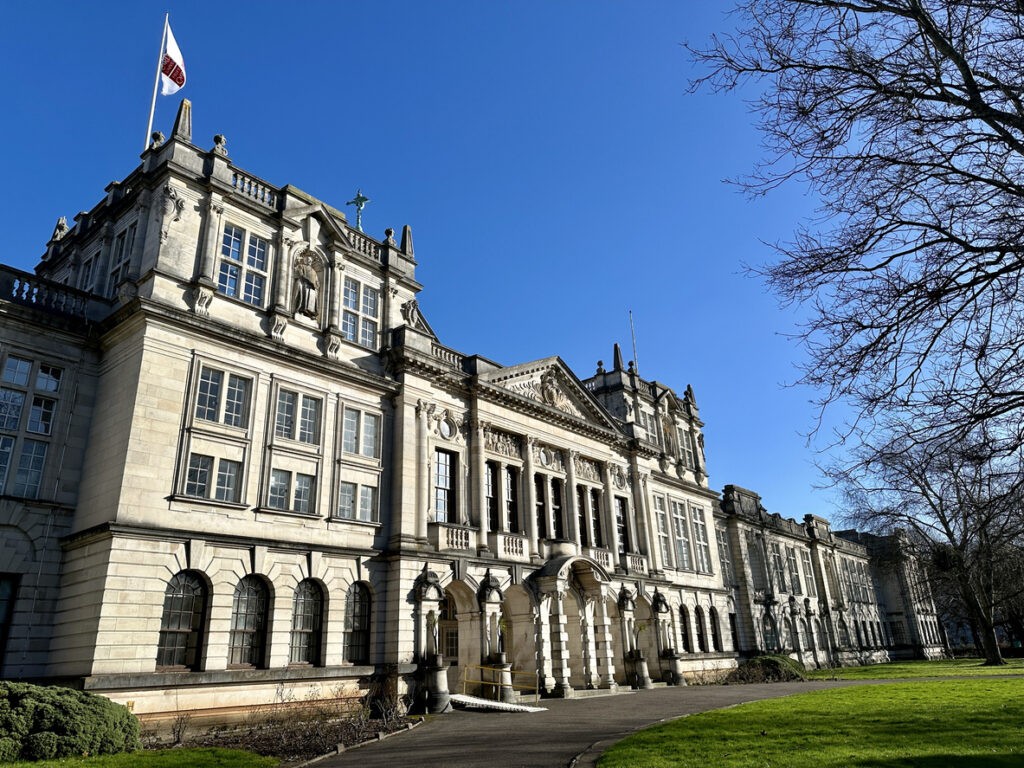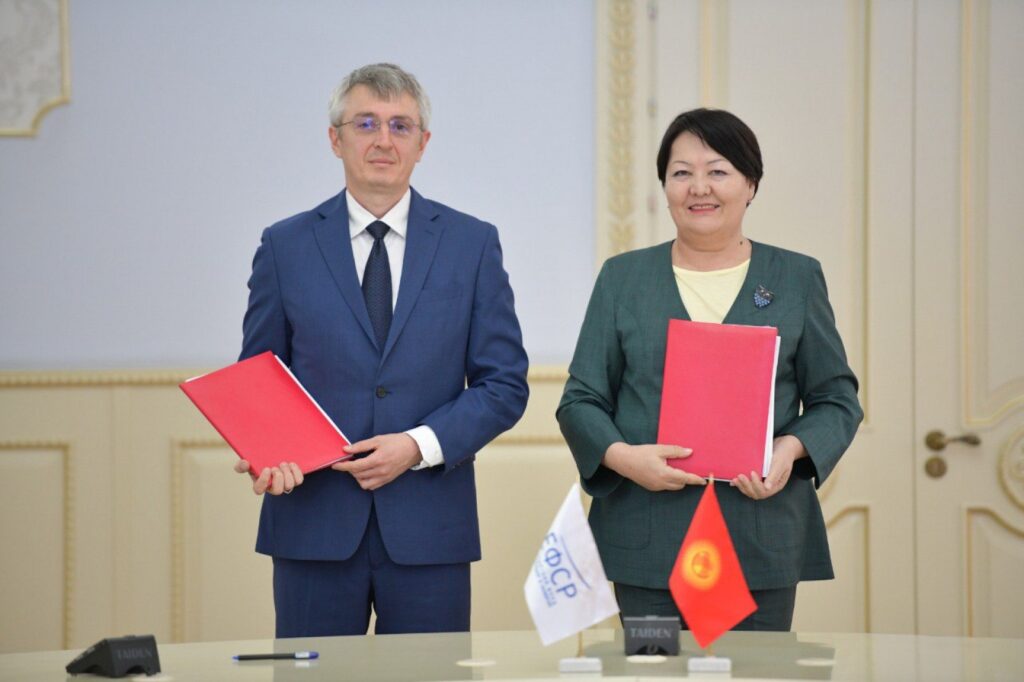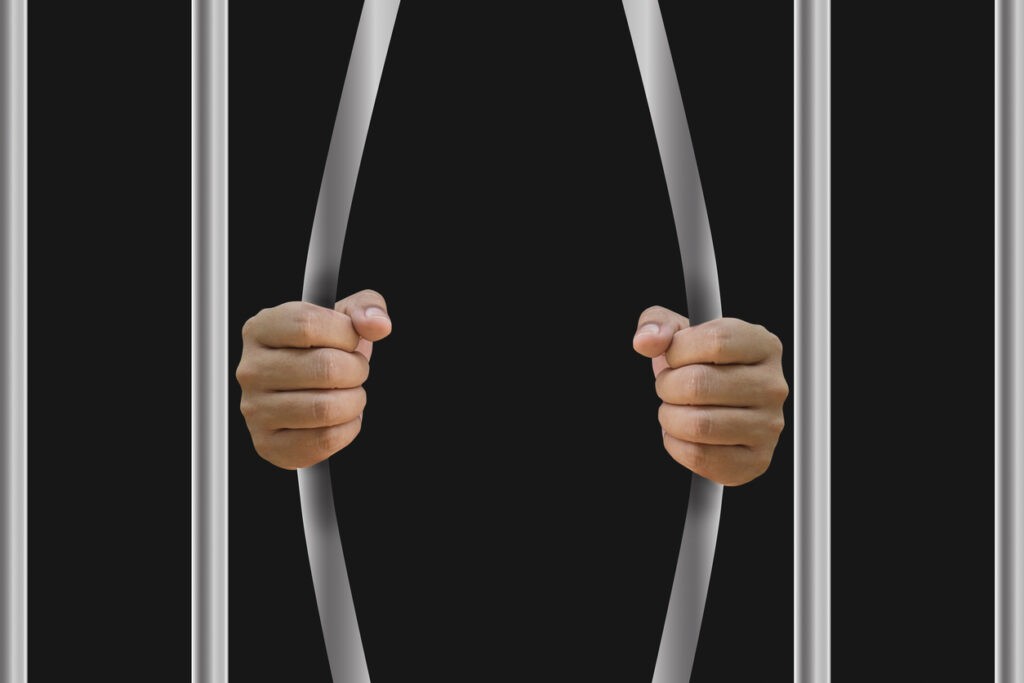The Times of Central Asia visited a school in Uzbekistan and talked to students and teachers for a report about the government’s push to reform education.
—
Break time at a school in Uzbekistan. Clusters of students in uniform – white shirt and dark trousers or skirts – chatter in a classroom. Two stand at the world map on the wall, figuring out where historical events happened. As soon as history teacher Dilobar Yodgorova enters, they form groups and sit at round tables.
The students play “Zakovat,” a quiz designed to increase class participation. The game is based on a Russian show called “What? Where? When?” that later inspired a similar American show.
“Catherine II, the Queen of Russia who lived in the 18th century, sentenced Nikolay Novikov, a famous Russian historian of that time, to 15 years in prison on August 1, 1792, for criticizing her,” Yodgorova says. She goes on: “But for a natural reason, Novikov was released after 4 years. What was the reason for that?”
The students frantically debate the answer within their groups. They only have one minute to respond to the teacher in writing.
The answer? Catherine II died in 1796. Pavel I, who succeeded her, freed Novikov.
—
“Zakovat” is the Uzbek word for “ingenuity,” and the game reflects Uzbekistan’s ambitious plans to overhaul a public education system that was poorly equipped to sustain a growing number of children in Central Asia’s most populous country (about 35 million people).
Transforming the education system is critical to shaping a nimble workforce and fostering economic prosperity. Many new school textbooks aim to get students to analyze and assess. The old ones were about memorizing lots of facts.
Many Uzbeks can’t afford private schooling. For more than two decades, children in the state system, which is free of charge, studied at primary and secondary school for 9 years, and colleges or lyceums for the last 3 years of their undergraduate education. In 2019, the system changed. Now most students go through 11 years of streamlined education in the same school. The idea was to provide continuity for students by keeping them in the same environment in the critical last few years of undergraduate schooling.
“In the upper grades, children are formed as individuals and as a team,” Uzbek President Shavkat Mirziyoyev said in 2017.
Uzbekistan is also improving teaching methods, renovating decrepit school buildings and introducing up-to-date technology and new textbooks that encourage critical thinking even if there are constraints on unfettered investigation and free expression in the wider society. In the last few years, a working group of more than 240 experts has been working on the plan. It has included representatives of international organizations such as the United Nations and USAID. UNESCO conducted a training program for dozens of Uzbek teachers last week.
Higher education remains a weak point. If they have the resources, many Uzbeks go abroad for university. Uzbekistan is among countries with the highest number of students studying at tertiary institutions overseas, according to 2021 data.
—
One spring day, The Times of Central Asia visited School No. 2 in the industrial city of Zarafshan in central Navoi region to see how changes were being implemented – and received.

A display of updated – and more colorful – textbooks for 10th grade students in Uzbekistan; image: TCA
In an interview in the teachers´common room, Yodgorova said a new government-provided digital platform had greatly reduced the time that teachers spend on record-keeping. Teachers using the platform can plan and create lessons as well as track students’ progress and achievements. Yodgorova is still busy, tutoring students outside of school to prepare them for university entrance exams.
Yodgorova, who has worked as a history teacher for two decades, said educators can also voluntarily take a teaching exam every three years to hone their skills. The test, conducted by the state Agency for the Assessment of Knowledge and Skills, is first given as a qualification exam to newly hired teachers.
Textbooks have been updated several times during Yodgorova’s career. She said the latest ones contain exercises that encourage students to think critically, whereas the old textbooks had a more one-way approach, drilling information into students.
“We start each lesson with critical thinking exercises that students have been preparing for. This is an interesting process. Students sometimes write essays about historical events and read them to the audience,” Yodgorova said.
The updated 10th grade textbooks for history, literature, the Uzbek language and tarbiya (training), contain tasks aimed at developing communication, and research and problem-solving skills. The design is colorful. QR codes are attached to the new textbooks, allowing students to connect to YouTube tutorials.
Each topic concluded with sections such as “For reflection” – “Creative activity” – “Looking at history” – “For independent activity” – and “On logical reasoning.”
Tarbiya is taught to students from 1st to 11th grade (the age of students is 7-18). The training textbook touches on spiritual-ethical, intellectual, legal, civil, economic, physical, ecological, and aesthetic training. Section titles include – “I’m also responsible for the development of the country” – “The meaning of a free and prosperous life” – “Humanistic ideas of world religions” – “Social networks: what is behind fake news” – “Safe media” – “Secrets of choosing a profession” – and “Family is the bastion of happiness.”
The themes of nation and family emphasize a sense of collective duty, potentially in contrast with the idea of individual autonomy found in liberal academia.
Freedom House, a Washington-based group, said in its 2023 report that there is a tradition of limits on academic freedom in Uzbekistan but that the country’s universities “have slowly expanded their cooperation with foreign counterparts” since 2016, the year that Mirziyoyev became president.
—
Teachers and students welcome the improvements of recent years, though some want more fine-tuning.
Gavhar Rahmatova, who teaches the Uzbek language and literature at School No. 1, a different school in Zarafshon, said the new primary school textbooks are too advanced for some students.
“For example, take the 2nd grade Uzbek language textbooks,” said Rahmatova, who teaches Uzbek to students whose first language is Russian. “Students who have just finished learning the alphabet are given complex tasks related to grammar and the topic. Frankly, it is a bit difficult for teachers to explain.”
Shodiyona Samadova, a 17-year-old student, said she wants to pursue a career in medicine. However, she said a heavy workload at school limits her time for studying natural sciences. Academics aside, she attends free volleyball training organized by the school and her team has won several games at the city level. Samadova is also active in preparing school dances with other students.
“Due to the relocation of our family, I had to change schools six times,” Samadova said. “Disadvantages in schools are the inability of some subject teachers to make lessons interesting and to organize them on the basis of interaction with students. I witnessed this situation in almost all schools. I want, all teachers to turn us and ask, ‘What is your opinion?’”
Students typically manage 10-15 subjects, with four to six subjects covered each day, totaling up to five hours of daily class time. Music, painting and physical education are included among the activities.
—
Teachers’ salaries are another vulnerability in Uzbekistan, where educators have traditionally received low pay.
However, Eldor Tulyakov, director of the state Development Strategy Center, said in an article in 2023 that teachers’ salaries had increased by almost four times and that the state budget spending on education had increased by 4.3 times in the last six years. Some data estimates the average monthly salary of a public school teacher in Uzbekistan is around $250, still several times lower than the earnings of teachers in neighboring Kazakhstan. Salaries depend on the number of weekly teaching hours as well as years of experience.
—
On the spring day when The Times of Central Asia visited the school, students crowded the yard during break. Some kicked a ball around; others talked and laughed. Three boys sat in the shade of a tree and looked at a mobile phone. Inside, children played table tennis on a table without a net. The walls were dark blue years ago but now they are light yellow, making the building interior seem brighter and more spacious.
On the first floor, there used to be a board displaying photos and information about students who are active in the school and winners of various contests and sports competitions. It has been replaced by several posters about the government’s education strategy, the schedule for extracurricular activities and psychological counseling.









